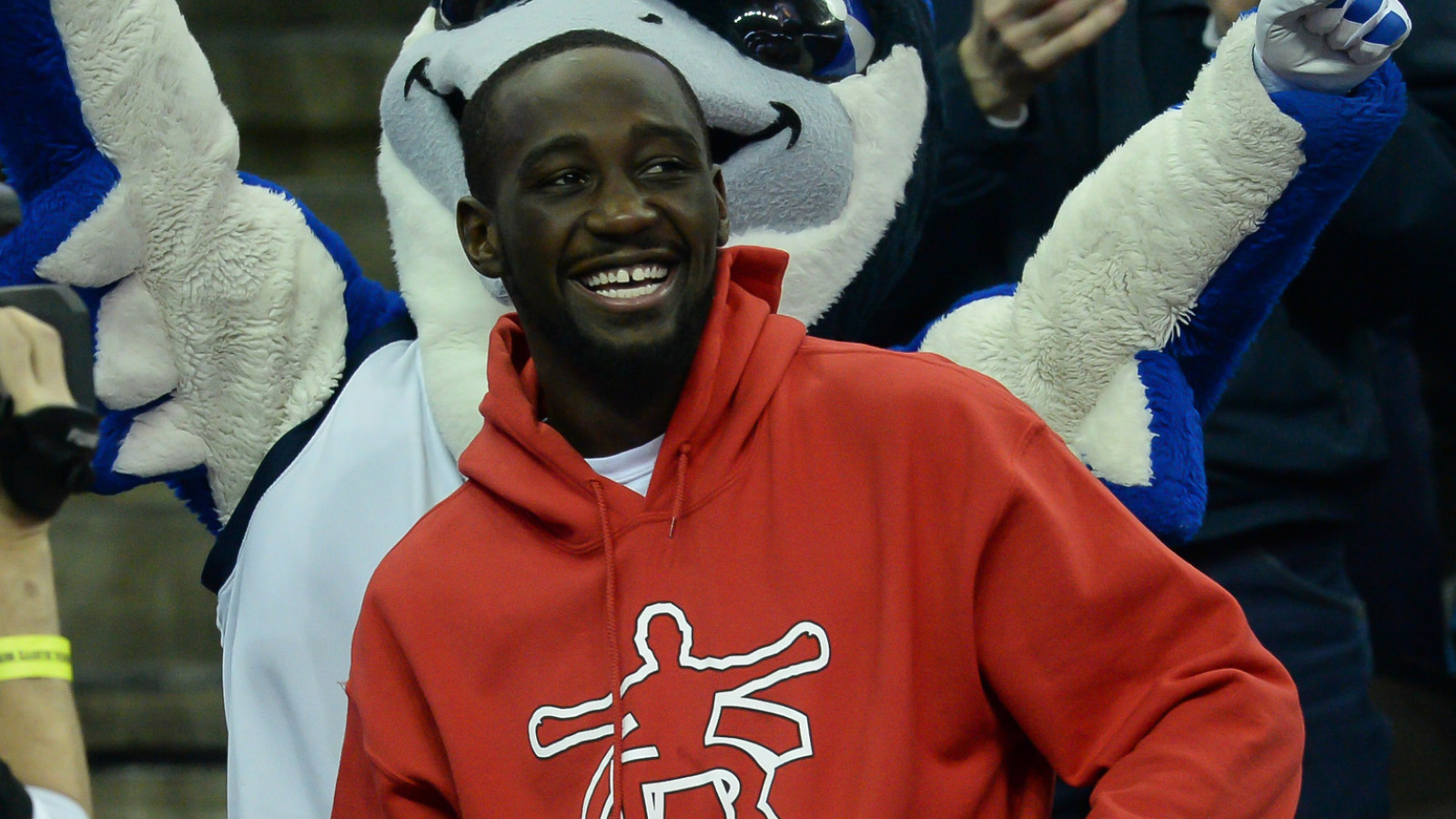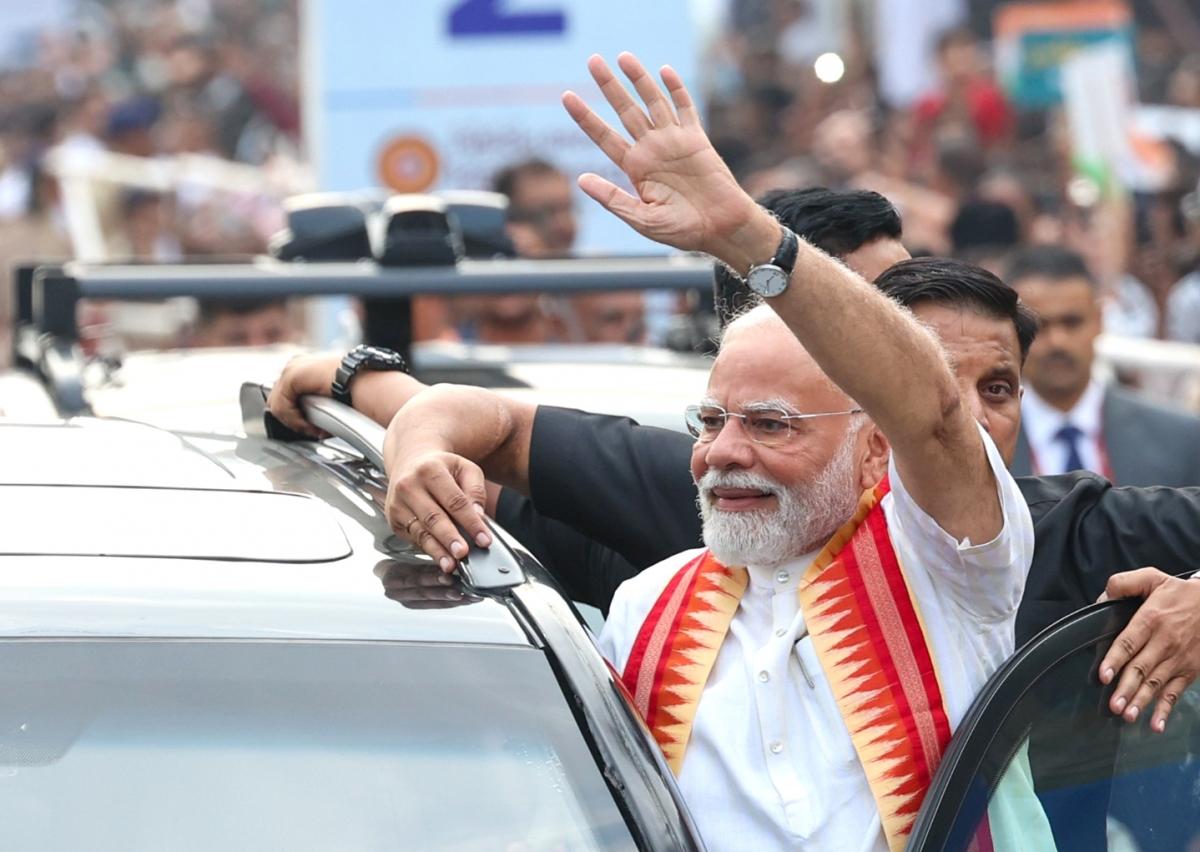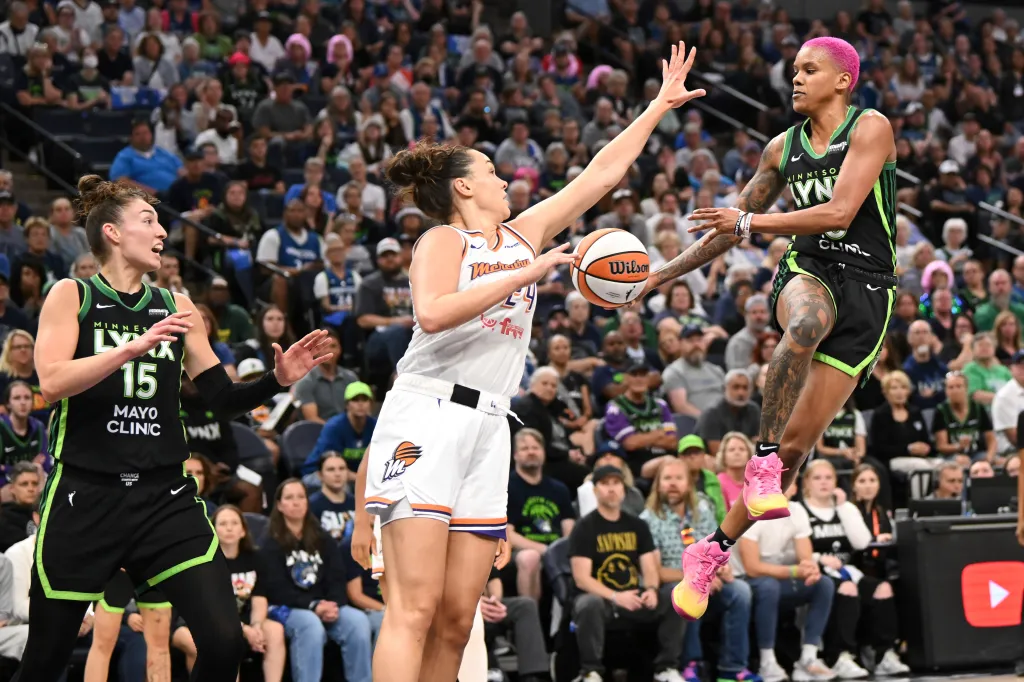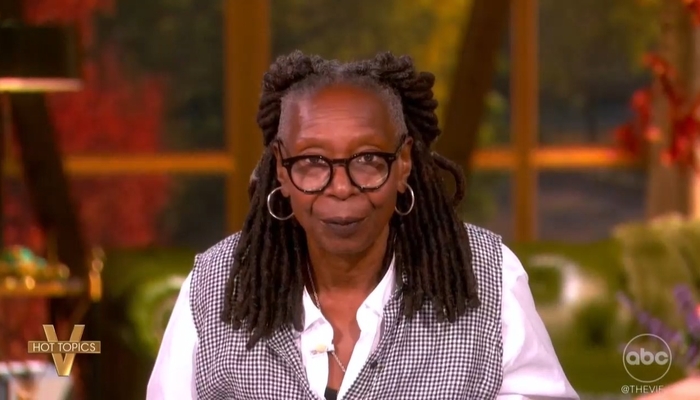
Last year, we ventured to ask whether the Terence Crawford era had equaled or even surpassed that of Floyd Mayweather Jr. Perhaps our inquiry was premature. In retrospect, however, the evidence is unequivocal: it has.
Mayweather has long set the standard in the sport, a benchmark that few have approached. Yet in recent years, “Bud” Crawford has been slowly creeping his way into the picture. In August 2024, Crawford captured a world title in a fourth weight division, outpointing Israil Madrimov over twelve rounds at BMO Stadium in Los Angeles to claim the WBA junior middleweight crown. The triumph extended Crawford’s remarkable pattern of seizing world titles immediately upon ascending to new weight classes.
At 140 pounds, he dispatched Thomas Dulorme by knockout in his first outing for the WBO belt, a prelude to his eventual reign as undisputed champion. His foray into the welterweight ranks followed the same script: a decisive victory over then-WBO champion Jeff Horn that culminated in Horn’s capitulation. And in July 2023, Crawford delivered the crowning achievement of his career to that point, dismantling Errol Spence Jr. to become the undisputed welterweight champion of the world.
In the wake of his triumph over Madrimov, Crawford signaled unequivocally that his pursuit of history was far from complete. His next ambition was audacious: a leap of two weight classes to challenge the undisputed super middleweight champion. Not for a fragment of supremacy—not for a belt, nor even for two—but for the entire crown. Saul “Canelo” Alvarez, the sport’s undisputed face and the sole proprietor of all four major titles, stood in his path.
Alvarez, with characteristic dismissiveness, derided Crawford’s candidacy, suggesting that his résumé paled in comparison. Yet Crawford remained unmoved. For him, greatness was never measured in résumés—it was, and always would be, a matter of skills. And Alvarez, like the 41 men who had preceded him, proved no exception to Crawford’s mastery. Though the bout did not end in a knockout, its narrative was unmistakable: a lopsided contest in which Crawford dictated nearly every measure of control. And unlike Mayweather, he has never stopped pursuing the toughest challenges.
Mayweather Became Risk-Averse
No one disputes Mayweather’s greatness. He captured world titles across five weight divisions and, as he has reminded audiences in countless ways—sometimes even while commandeering his own fighter’s press conferences—he amassed extraordinary wealth in the process. In his early years, Mayweather fought from 126 to 140 pounds, dispatching most opponents by knockout. Yet following his split-decision victory over Oscar De La Hoya in May 2007 for the WBC junior middleweight crown—a bout that shifted boxing’s financial center of gravity—Mayweather’s persona evolved from “Pretty Boy” to “Money.” The skills remained undiminished, but his approach grew more calculated, more risk-averse. He increasingly chose the path of least resistance, often to the frustration of fans who clamored for him to face stiffer opposition.
While Crawford stands alone as the only male fighter to achieve undisputed status in three separate weight divisions in the four-belt era, Mayweather never attained undisputed distinction in his career. Yet this was hardly an oversight; it reflected his priorities. As a shrewd businessman, he eschewed the additional financial burdens of sanctioning fees levied by the sport’s governing bodies, making undisputed status a less compelling pursuit.
Sanctioning fees generally constitute three percent of a fighter’s purse, though they are capped at approximately $250,000. As a result, champions earning $10 million or more contribute well below that threshold—unless, of course, multiple titles are at stake. Mayweather openly bristled at the system. After defeating Manny Pacquiao, he was stripped of the WBO welterweight crown for refusing to pay a $200,000 sanctioning fee. Undisputed status may carry immense prestige, but it demands a significant financial toll. In truth, the structure is less a celebration of fighters than a levy upon them—an arrangement not unlike the broader inequities of the American tax system.
But here is a question worth considering: Does the average boxing fan truly concern themselves with such financial minutiae? Unless one harbors an unusual fascination with the sport’s economics, probably not. The discerning fan focuses instead on more substantive matters—who the finest fighter is, the quality of their opposition, and the manner in which victories are secured, among other metrics of excellence.
Crawford Has the Better Legacy
After defeating Zab Judah in 2006 to capture the IBF welterweight crown, Mayweather bought out his Top Rank contract, assuming full command of his career. Offered an $8 million unification bout with the dangerous WBO champion, Antonio Margarito, Mayweather instead recalibrated his ambitions. He vacated the IBF belt, dispatched Carlos Baldomir—the WBC welterweight titleholder who had previously toppled Judah—and then turned his attention to De La Hoya. The rationale was plain: face a still marketable De La Hoya for an unprecedented payday or risk a grueling battle with Margarito for considerably less. Mayweather’s choice revealed not only his preference for calculated risk but also his brilliance at the business side of the game.
Crawford departed Top Rank in 2021 to assume control of his career, but his motivations diverged sharply from Mayweather’s. Where Mayweather’s dissatisfaction stemmed from financial considerations, Crawford’s frustration lay in the caliber of opponents being presented to him—it was a question of legacy: two fighters, two entirely different priorities. Naturally, remuneration remained a factor, but it was never the driving force.
At 33, Mayweather had largely completed his evolution into a businessman first and a fighter second. Crawford, by contrast, at 37, was still in pursuit of perilous legacy-defining bouts—contests that Mayweather at that age would never have entertained. His caution was understandable; few people seek injury willingly. Yet Crawford embraced the risk, and not only emerged victorious, but did so without the fine print that so often shadows marquee fights. There were no weight stipulations and no rehydration clauses in place. Canelo–Crawford was contested at the full super middleweight limit.
“Imma beat him,” Crawford recalled telling Bernard Hopkins during a conversation on Andre Ward’s The Art of Ward podcast. “We gon fight and I’m gonna beat him; watch.”
It was never a question of money. The true measure lay in demonstrating, within the confines of the ring, who the superior man truly was. From the outset of his career, this has been Bud Crawford’s guiding principle: to establish, decisively and consistently, who the better fighter is.
Few ever imagined that Mayweather’s throne could be challenged—but here we stand: Crawford has claimed it. What is perhaps even more remarkable is that his journey may not yet be complete. Bud could very well descend to 160 pounds and etch his name as a six-division world champion.
The momentum, at long last, rests squarely in Crawford’s hands, and the path forward is his to determine.



